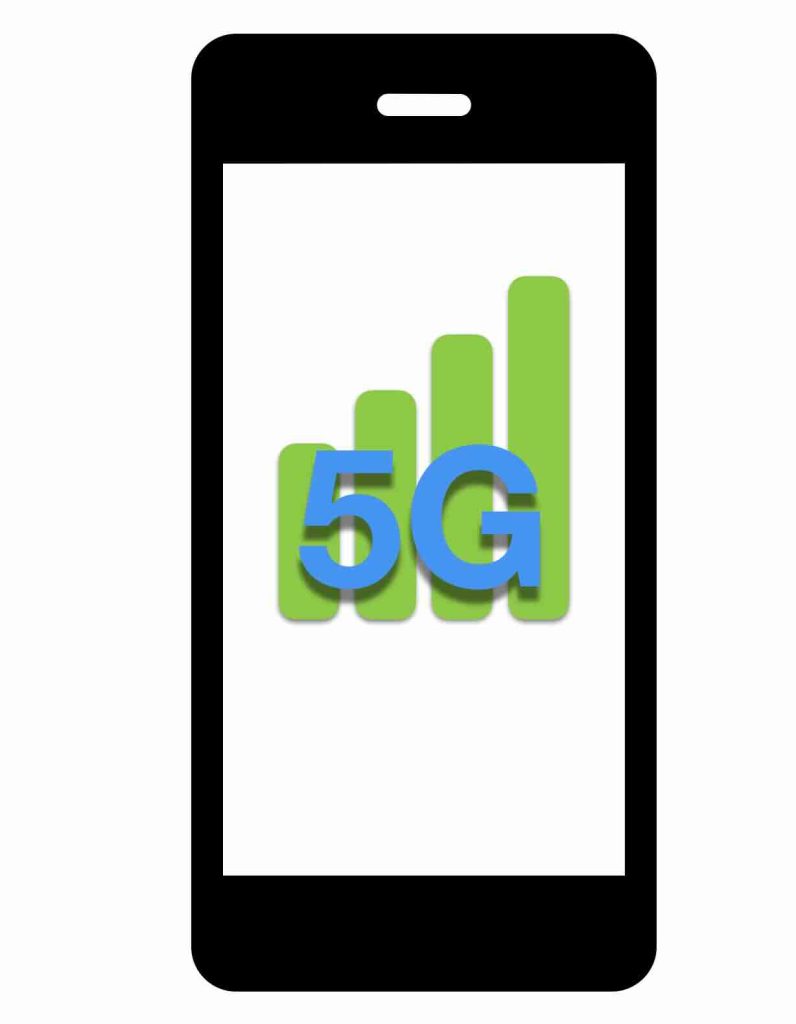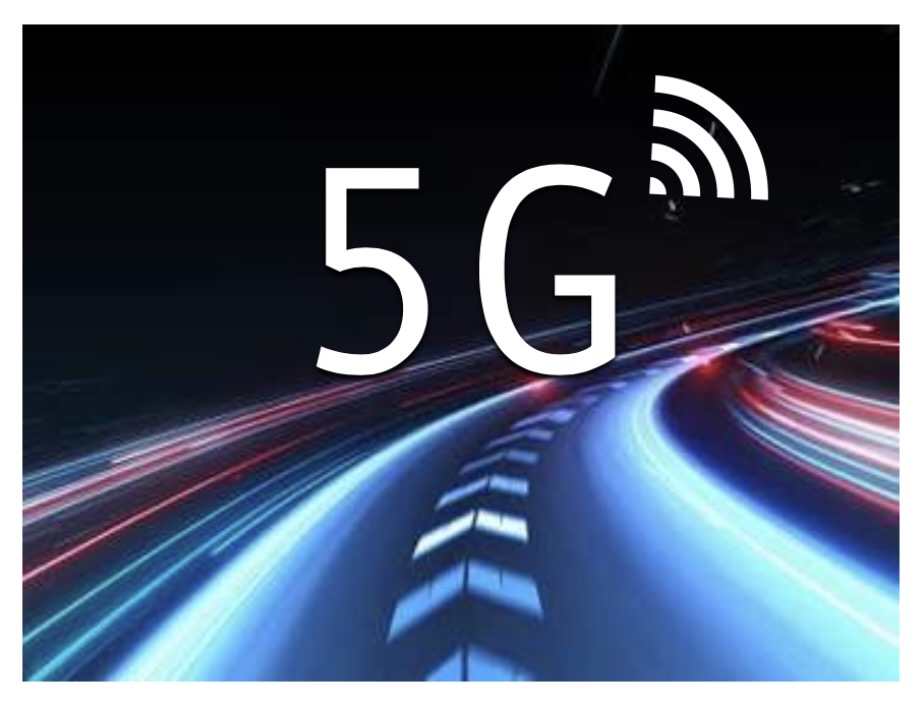5G has proven to be a reliable Internet service, offering faster internet speeds, lower latency, and a more reliable connection. However, as many users experience, 5G signal strength can vary greatly depending on the location, network conditions, and the device being used. If you’ve ever wondered what those signal bars on your phone really mean […]
Tag: mid-band
The Factors Impacting Your 5G Bandwidth Speeds
The dawn of 5G promised lightning-fast internet speeds, heralding a new era of connectivity. However, the reality often falls short of these lofty expectations, leaving many users frustrated and wondering why their 5G speeds are not as blazing fast as advertised. Several factors can affect your 5G bandwidth speeds, ranging from technical limitations to network […]
5G and Telecommunications: How 5G is Reshaping the Industry
Technology continues to advance at an unprecedented pace. The emergence of 5G stands out as a pivotal moment in the evolution of connectivity and has fundamentally transformed the telecommunications industry in ways that would have been science fiction a few decades ago. This fifth-generation wireless technology has swiftly become a driving force behind a new […]
UScellular Expands 5G Network, Providing Faster and Stronger Connectivity
After acquiring the 3.45 GHz spectrum for 5G mid-band service, UScellular has finally launched this highly-anticipated network. The advancement introduces a range of benefits, including faster speeds and enhanced network strength. By leveraging UScellular’s 5G mid-band technology, users can experience speeds up to 10 times faster than the previous 4G LTE and low-band 5G networks. […]
What Frequency Bands Does 5G Use?
If you’re in the market for a 5G cellular modem or router, you may want to consider its supported frequency bands. There are three types of 5G. Sub-6 (also called FR1) refers to low band frequencies below 6GHz, and mmWave (also called FR2) refers to frequencies over 24GHz. You also have mid band, or the […]
Who Has the Best Mobile Network?
T-Mobile does it for the second year in a row – they’ve beat out Verizon and AT&T in recent tests performed by the PCMag team. They’ve been running these “Fastest Mobile Network” tests for the past 12 years and with this year came some changes. They opted for electric vehicles for the more than 10,000 […]
How T-Mobile is “Boosting” 5G Mid-Band Speeds
T-Mobile announced another 5G milestone on Tuesday. They are now combining three channels of mid-band spectrum on their 5G network. In tests the company achieved network speeds of 3Gbps. While they weren’t specific, T-Mobile said this technology will become available to customers “later this year.” When we look at what’s possible with 3Gbps (or 3,000Mbps), […]
T-Mobile Comes Out on Top of OpenSignal’s Latest Report
OpenSignal is known for its mobile analytics. Each year they release a few reports about the major cellular carriers’ networks. They take results gathered from millions of devices, which result in billions of measurements. The latest data gathered, which was collected between September and December of last year, shows T-Mobile is on top once again. […]
Testing Verizon C-Band in New York City
Verizon’s new 5G network is live and PCMag just tested it out in New York City. In summary, C-Band made their connections about 50% faster, once they were able to find the signal. They also noted less congestion on the network, which is likely due to it still being so new. Starting this past Wednesday, […]
T-Mobile Wins Big in New Ookla Performance Study
T-Mobile is boasting about its 5G service again, with an announcement that it came out on top in a new Ookla study. This measured things like 5G speed, performance and availability. In the announcement, they added that it would be moving forward with turning on its 5G carrier aggregation (CA), both with 2.5 GHz and […]



